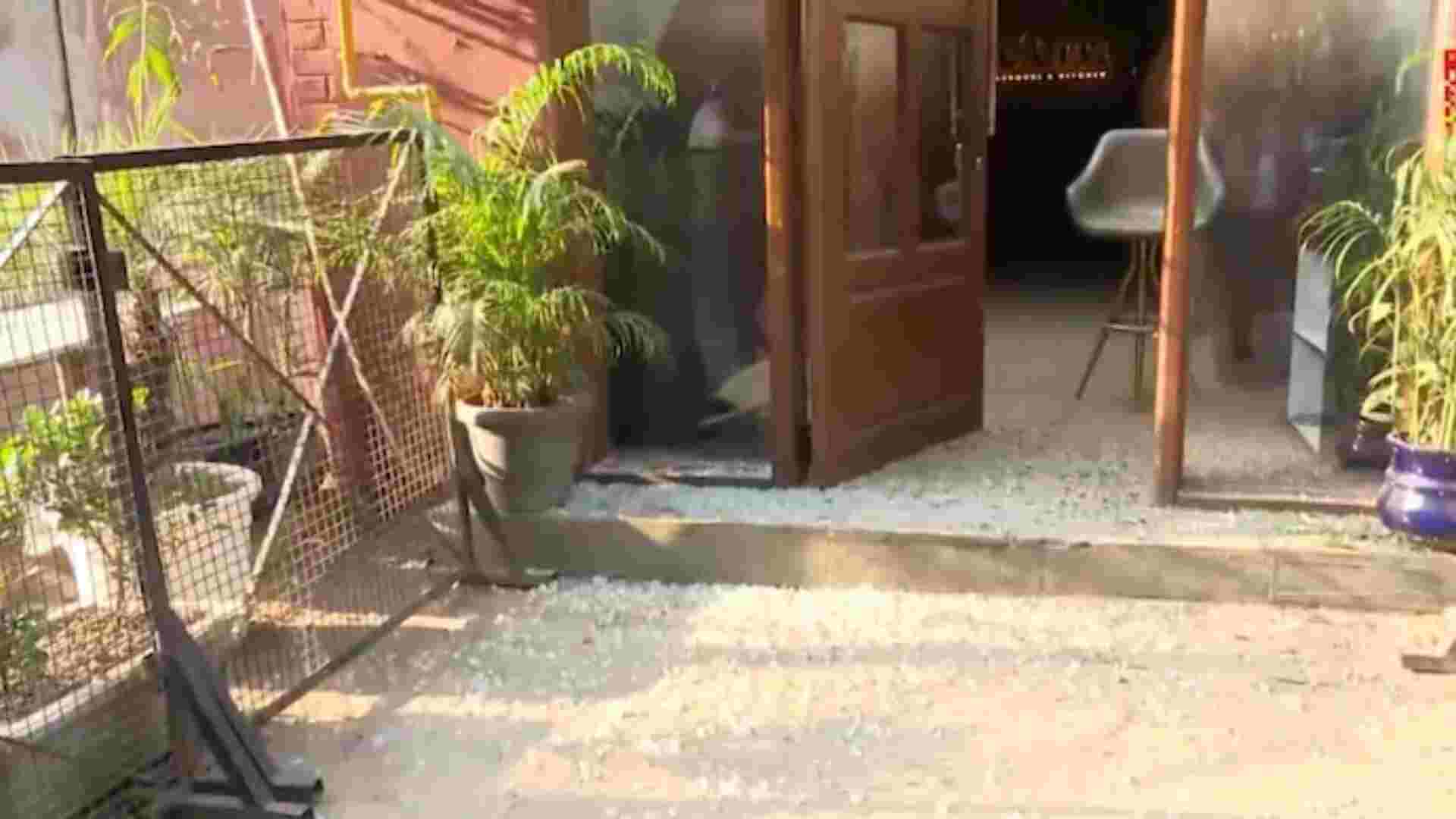In the fast-paced world of architectural design, precision and efficiency are key factors that contribute to successful projects. Aerial land surveying has emerged as a powerful tool that offers numerous advantages to architects and designers. By utilising advanced technology and methods, aerial land surveying provides accurate and detailed information about the topography and characteristics of a site.
In this blog, we will explore the advantages of aerial land surveying in architectural design and how it enhances precision and efficiency. We will refer to leading research papers from reputed universities and journals to support our points.
Aerial land surveying offers a significant advantage in terms of accuracy and detail compared to traditional surveying methods. Research conducted by the Department of Geomatics Engineering at the University of Calgary highlights the precision achieved through aerial surveying using LiDAR technology. LiDAR (Light Detection and Ranging) systems mounted on aircraft can capture high-resolution data with millimetre-level accuracy, allowing architects to obtain precise measurements of the site’s topography, elevation, and existing structures.
Aerial land surveying reduces both time and cost associated with traditional ground-based surveys. A study published in the Journal of Urban Planning and Development shows that aerial surveys can be completed in a fraction of the time required for ground-based surveys.
By utilising drones equipped with cameras or LiDAR scanners, architects can quickly capture data over large areas, minimising the need for manual measurements. This efficiency translates into cost savings, as fewer personnel and resources are required for data collection. The cost savings are quite evident when you factor in all the aspects related to costing a drone surveying project in Australia.
Safety is a paramount concern in any architectural project. Aerial land surveying reduces the need for architects and surveyors to physically access potentially hazardous sites. By employing drones or unmanned aerial vehicles (UAV), architects can conduct surveys from a safe distance. Research conducted by the School of Civil and Environmental Engineering at Georgia Institute of Technology highlights the advantages of using unmanned aerial vehicles (UAVs) for surveying in hazardous environments, such as construction sites with unstable terrain or high-rise buildings.
Aerial land surveying enables architects to obtain a comprehensive understanding of the site, facilitating informed decision-making during the design process. A research paper published in the Journal of Architectural Engineering and Design Management emphasises the ability of aerial surveying to capture not only the physical characteristics of the site but also the surrounding environment. By analysing aerial images and data, architects can consider factors such as sunlight patterns, wind direction, and neighbouring structures, enabling them to optimise the design for energy efficiency and aesthetic appeal.
Aerial land surveying seamlessly integrates with Building Information Modeling (BIM), a digital representation of the physical and functional characteristics of a building. A study conducted by the Department of Civil and Environmental Engineering at Stanford University demonstrates the benefits of combining aerial survey data with BIM software. Architects can import aerial survey data into BIM models, providing a detailed and accurate representation of the site and facilitating more effective collaboration among project stakeholders.
Accurate and detailed aerial survey data aids architects in project planning and visualisation. Research published in the Journal of Landscape Architecture emphasises the role of aerial imagery in enhancing the design process. By overlaying aerial images onto site plans or 3D models, architects can visualise how the proposed design will fit within the existing environment. The architectural 3D visualisation adds a visual context to enable them to make informed design decisions, assess potential impacts on surrounding landscapes, and communicate design concepts more effectively to clients and stakeholders.
Aerial land surveying plays a crucial role in conducting environmental impact assessments. Research conducted by the School of Architecture and Landscape Architecture at the University of British Columbia highlights the use of aerial surveying to assess the environmental impact of architectural projects.
Aerial imagery and data can provide valuable information about sensitive ecosystems, vegetation coverage, and potential habitat disruptions. By incorporating this data into their design process, architects can minimise environmental damage and ensure sustainable development practices.
Obtaining permits and complying with regulatory requirements is a vital aspect of architectural design. Aerial land surveying facilitates this process by providing accurate and comprehensive data for permit applications.
Research conducted by the Department of Urban and Regional Planning at the University of Illinois highlights the role of aerial surveying in meeting regulatory standards. The detailed data obtained through aerial surveys helps architects demonstrate compliance with setback requirements, zoning regulations, and environmental impact assessments, streamlining the permitting process and reducing the risk of delays or rejections.
Aerial land surveying offers architects and designers a multitude of advantages in architectural design. From increased accuracy and detail to time and cost efficiency, the benefits of aerial surveying are evident. By utilising advanced technologies and integrating survey data with BIM software, architects can enhance precision, optimise project planning, and visualise designs more effectively.
Additionally, aerial surveying enables environmental impact assessment and aids in complying with regulatory standards. As the field of architectural design continues to evolve, aerial land surveying will remain a valuable tool for achieving precision, efficiency, and sustainable development.
Author Bio:
Chris Patchell is the General Manager and Director of Operations at AVIAN Australia – an aerial land surveying company based in Melbourne, Australia. He is an avid drone enthusiast and is always on the lookout for newer applications of drone technology in the AEC industry. Chris is highly motivated and has a very hands-on approach to things and his goal is to create awareness about drone tech in Australian AEC industries.
On his days off, he is often scouting locations for photogrammetry and laser scanning. These days you’ll probably find Chris around the place using his drones and laser scanners to capture and recreate the real world in 3D space.













